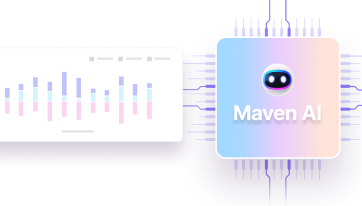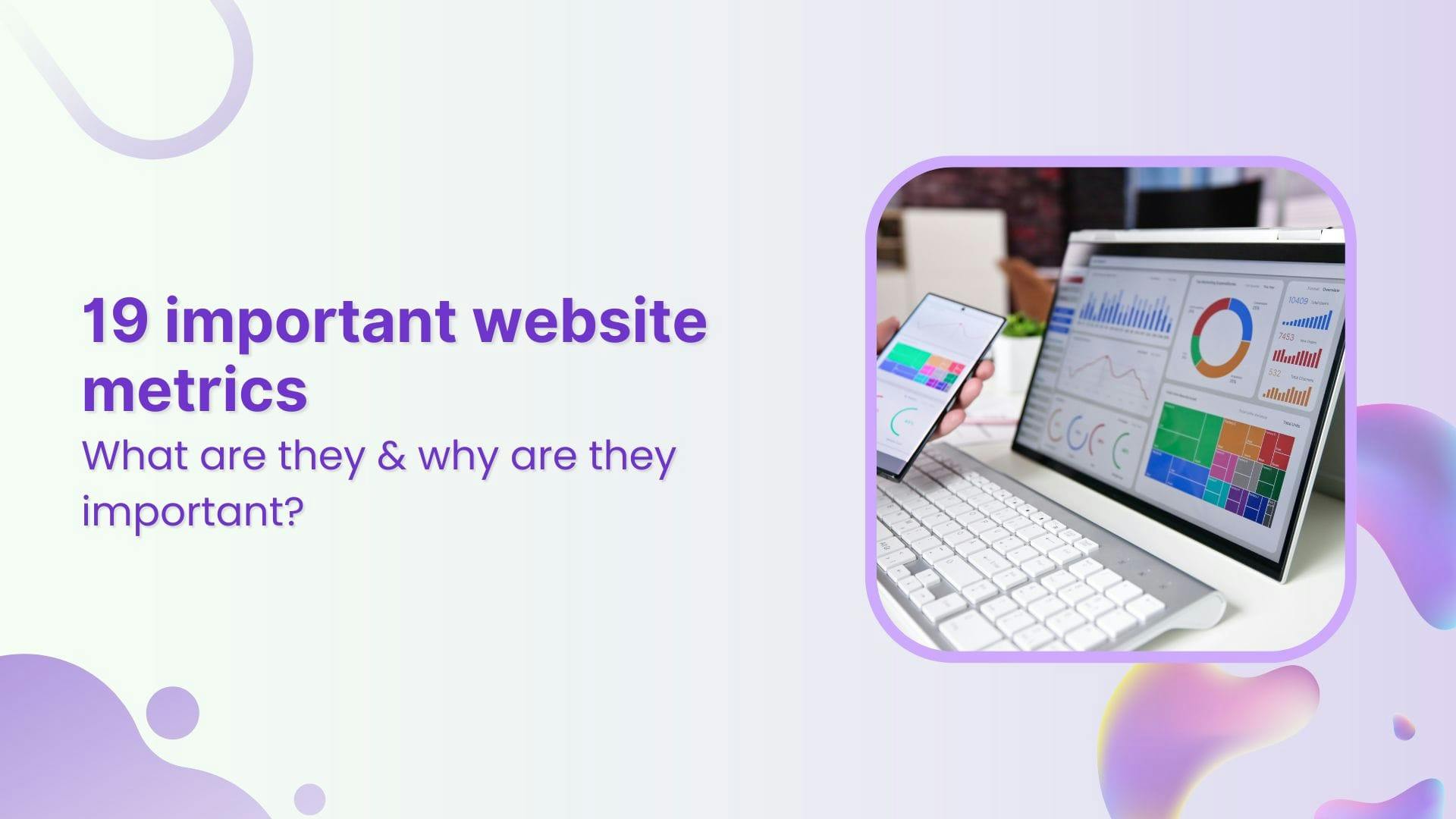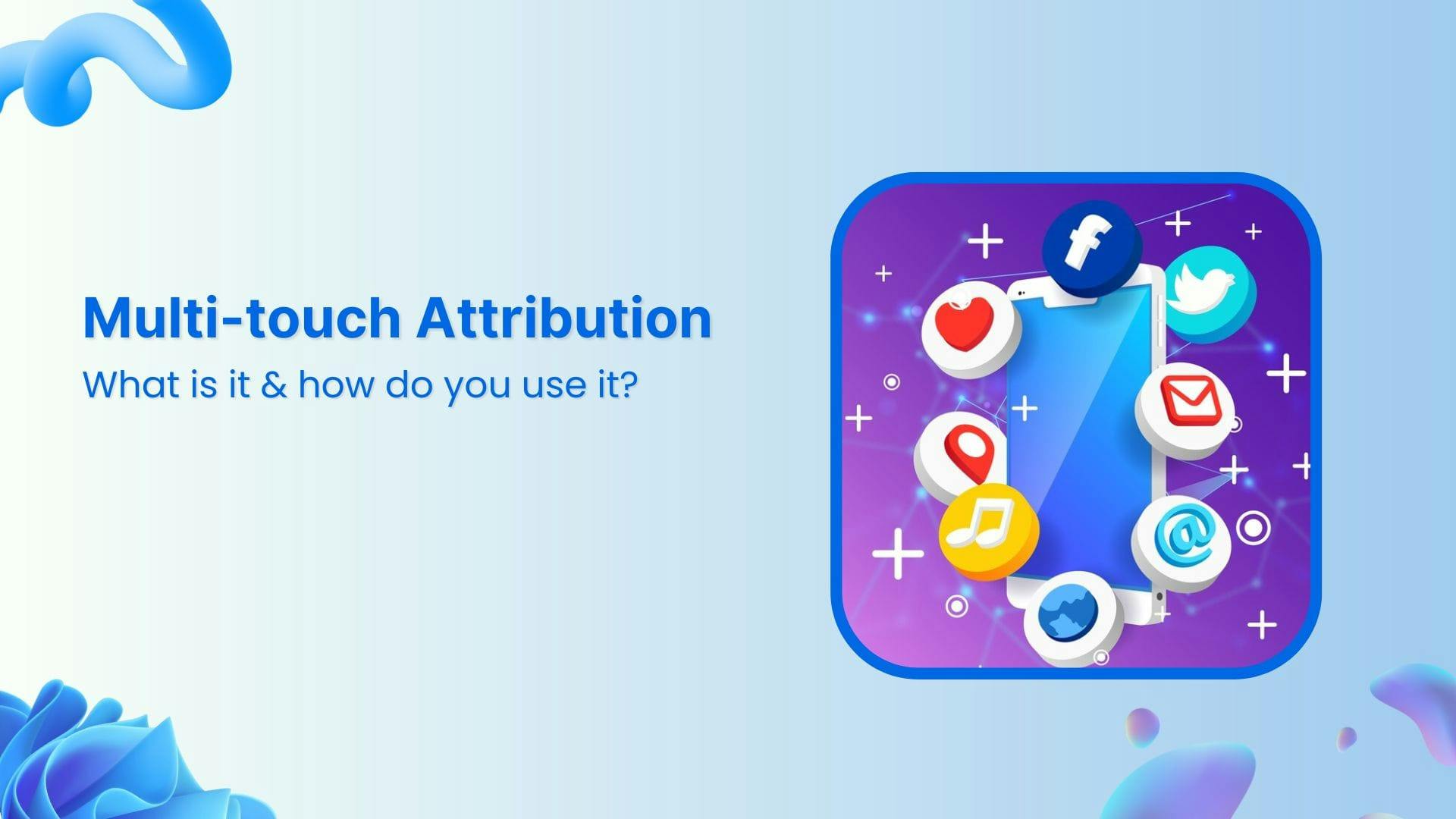
The 5 Biggest Challenges With Attribution Models
Sep 13, 2022
5 mins read
If you're looking to improve your marketing efforts, understanding attribution models is key. However, there are a few challenges that can come with attribution modeling. In this article, we will discuss the 5 biggest challenges with attribution models that you should be aware of.
The History of Marketing Attribution Models
The history of marketing attribution models is a long and complicated one, but it's important to understand in order to make the most informed decisions about your marketing campaigns.
Marketing attribution modeling is used to attribute credit for conversions and other actions to the marketing channels and touchpoints that contributed to them.
There are a variety of different marketing attribution models, each with its own strengths and weaknesses. The most common attribution models are last-click, first-click, and linear.
Last-click attribution gives all the credit for a conversion to the last marketing touchpoint that the customer interacted with before converting. This is the simplest attribution model and is often used as a default by analytics platforms.
First-click attribution gives all the credit for a conversion to the first marketing touchpoint that the customer interacted with. This model is useful for giving credit to brand awareness campaigns.
Linear attribution gives equal credit to all of the marketing touchpoints that the customer interacted with before converting. This model is useful for understanding the customer journey and for attribution across multiple channels.
There are also more complex multi-touch attribution models that use algorithms to weigh different touchpoints based on factors like time, distance, and engagement. These models are often used by larger businesses with more sophisticated marketing campaigns.
No matter which marketing attribution modeling you use, it's important to remember that attribution is not an exact science. There are always going to be some inherent biases and limitations. The important thing is to use the attribution model that makes the most sense for your business and your goals.
How Attribution Models Work

As a marketer, you are always looking for ways to improve your campaigns and get the most out of your marketing budget. One way to do this is to use marketing attribution models to understand how your marketing efforts are impacting your business.
There are a variety of attribution models that you can use, but the most important thing is to choose the one that makes the most sense for your business. For example, if you are a B2B company, you may want to use a different attribution model than a B2C company.
As mentioned above, the most common attribution models are last-click, first-click, and linear.
Last-click attribution gives all the credit to the last ad that the customer clicked on before they made a purchase. First-click attribution gives all the credit to the first ad that the customer clicked on. Linear attribution gives equal credit to all of the ads that the customer was exposed to.
There are pros and cons to each of these attribution models.
Last-click attribution is the most common, but it doesn’t always give the full picture.
First-click attribution can be more accurate, but it can also be misleading.
Linear attribution is the fairest but it can be hard to track.
Test out different marketing attribution models and see which one gives you the most accurate data.

(Source)
The Benefits of Using Attribution Models
In a world where the customer journey is no longer linear, businesses need to adopt marketing attribution models to more accurately understand how their marketing efforts are performing.
There are a number of benefits of using attribution models, including:
- Increased clarity on which marketing channels are driving results.
- The ability to optimize marketing spend based on performance.
- A more holistic view of the customer journey.
- Improved measurement of marketing ROI.
- The ability to attribute credit to multiple touchpoints in the customer journey.
- Greater insights into which marketing channels work best together.
- A deeper understanding of customer behavior.
- The ability to identify new opportunities for growth.
The Challenges With Attribution Models
While there are many benefits of using marketing attribution models, businesses need to be aware of the potential pitfalls, including:
- Complexity and Data Overload: There can be a lot of data involved in marketing attribution models which can make it complex and overwhelming.
- Lack of Standardization: There is no one-size-fits-all when it comes to marketing attribution models so finding the right one for your business can be difficult.
- Limited Visibility into Consumer Journeys: Because attribution models focus on specific touchpoints along the consumer journey, they don't provide a complete picture of how consumers interact with your brand.
- Attribution Bias: When creating an attribution model, businesses inadvertently show bias towards their own preferred channel or methodologies.
- Time-Consuming: Building effective marketing attribution models takes time investment upfront and ongoing maintenance as new data becomes available.
There are a lot of challenges that come with attribution modeling, especially when it comes to online marketing.
For example, let's say that you're running a Google AdWords campaign and you're trying to figure out which keywords are driving conversions. Attribution modeling can help you attribute conversions to the specific keywords that people used to find your ad.
However, attribution modeling can be tricky because there are so many different factors that can affect conversion rates.
For example, if someone used a keyword to find your ad and then converted later, it's hard to say whether that keyword was actually responsible for the conversion.
Despite these challenges, attribution models offer a number of benefits that make them essential for businesses that want to stay ahead of the curve.
There are a lot of different marketing attribution models out there, and each one has its own set of strengths and weaknesses. It can be hard to know which model to use, and even harder to get accurate results.
Frequently Asked Questions
What are the types of attribution models?
- Last-Touch Attribution
- Last Non-Direct Touch Attribution
- Single- vs. Multi-touch Attribution Models
- Linear Attribution
- Time Decay Attribution
- Position-Based Attribution
- Algorithmic or Data-Driven Attribution
What are the four attribution types in marketing?
There are four types of marketing attribution models:
- Single touchpoint models
- Multi-touchpoint rule-based models
- Algorithmic or data-driven models
- Econometric models
Each of these methods provides a different set of insights. The goal is to use historical modeling techniques that are as close to real data as possible. This increases the accuracy of your predictions.
Conclusion
Overall, understanding attribution models is a key part of improving your marketing efforts. However, there are a few challenges that can come with them. Keep these 5 challenges in mind when working on your own attribution model so you can be aware of any potential issues that may arise.

Know what's happening at every touchpoint of your users’ journey with AI-powered analytics.
It's 100% Free to Try!


